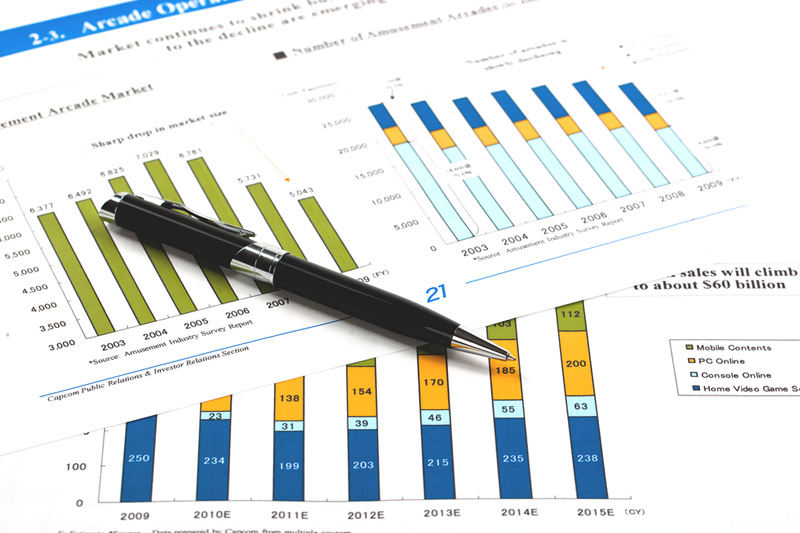Sterling’s Economic and Election Challenges After a Stellar Year
Sterling’s Success in 2023
Sterling had an impressive performance against the dollar in 2023, marking its best year since 2017. This surge in value was driven by several factors, including a stronger-than-expected economy, delayed monetary easing by the Bank of England, and a decline in the dollar’s appeal due to expectations of an early U.S. rate cut. As a result, the pound rose almost 6% against the dollar, positioning it as the second-best performing major currency after the Swiss franc.
Sterling’s Current Challenges
Despite its recent success, sterling faces economic and election-related hurdles that could impede its momentum. The impact of interest-rate differentials, a key factor in the global currency market, is waning, leading to concerns about the pound’s future performance. Additionally, a significant drop in UK consumer price inflation and a contraction in British gross domestic product have raised worries about a potential recession, further complicating sterling’s outlook.
Sterling’s Vulnerability to Political Factors
Political uncertainties, such as the upcoming British election and the possibility of new tax cuts, pose additional risks for sterling. The timing of the election could influence the timing of rate cuts by the Bank of England, adding an extra layer of unpredictability to the currency’s trajectory. Moreover, the cautious approach towards fiscal policy ahead of the election could impact sterling’s stability.
Market Outlook and Predictions
The market’s response to these challenges is varied, with some experts predicting a potential weakening of sterling in the near future. However, there are contrasting views, with forecasts from institutions like Goldman Sachs pointing towards a positive outlook for the pound. The global economic uncertainty further complicates the consensus among forecasters, making it challenging to predict sterling’s future trajectory with certainty.



